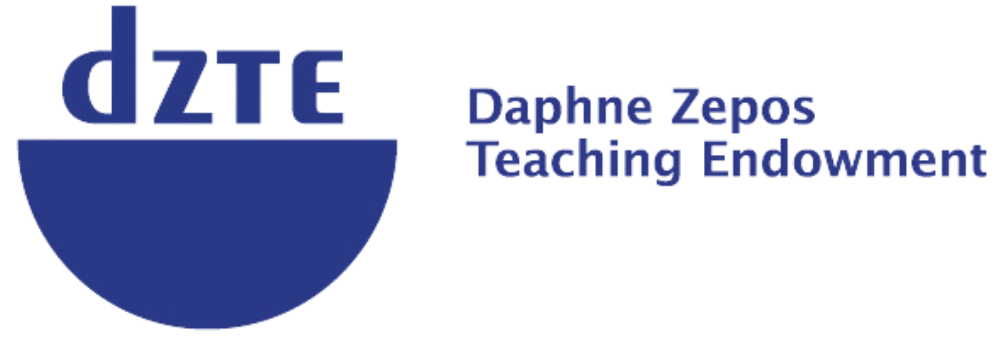Trevor Warmedahl | 2022
DZTA
Trevor’s Vision
April, 2030
What is the impact of various coagulants on cheese flavor and texture, how are they made, and what does their production look like on various scales? These were the questions I explored while traveling in late 2022 and early 2023, seeking to bring home information to North American cheesemakers on what I considered to be an overlooked and vitally important ingredient. There was a notable lack of range in the coagulants available in the US at that time. The dissemination of the information I gained in Spain and Italy, while visiting producers of animal rennet and plant coagulants, has played a role in an increase in importation and domestic production of a wider range of coagulants. The ethical controversy and conversations regarding rennet type has expanded from the animal/vegetarian dichotomy to a more informed consideration of the supply chains of these products. Cheesemongers now have an appreciation for the exciting and unique flavors of American cheeses made with a wider diversity of coagulants.
The approach of my research was to document the production of coagulants from farm level vell processing and use, through plants used in particular places, to small and large scale rennet production facilities. I also highlighted the cultural foundations of chosen coagulants, the history of their usage, and the threats to their continued utilization. At the ACS conference in 2023, I presented my findings with a tasting of cheeses made with various coagulants while describing how the coagulants and cheeses are made. A short video was shared providing information on the importance of coagulant choice, the range available, and a review of possible reforms necessary to allow access to this range and encourage domestic production. I also produced a small e pamphlet defining and summarizing the common coagulants used in cheese, that can be shared by makers, mongers, and professionals.
This video explained my visits to:
Sicily
1. Mid - late November / 2 farms in central Sicily : Mangiapane and Familia Ferranti, who make rennet at a farm level.
2. Montalbo / Lactic goat cheeses coagulated with fig.
3. Megalab SRL. / A medium scale laboratory producing rennet used across Sicily.
Spain
1. Mid December / The Ondarre family in The Basque where I saw lamb rennet made for use in Idiazabal.
2. The rennet producer Cuajos Caporal in Valladolid where lamb and kid pastes are made.
3. Cardoon extraction and Torta cheese production at Finca Pascualete in Extremadura.
Sardinia
1. January - Lamb rennet production at Formaggi Debbene where I volunteered as a cheesemaker.
2. Makers of the rare Callu De Cabrettu, for a look at a most unique use of abomasums.
Italy
1. Calza Clemente / Visiting here gave me perspective on a large scale International export business, how they source vells, and also produce lipase.
2. Caglificio Clerici / A second fairly large company who also makes Buffalo rennet along with kid, calf, and lamb. Additionally, I documented here the production of microbial rennet from Rhizomucor miehei, and a pure chymosin product called Albamax produced from an Aspergillus mold.
3. Ruscino Nicola / A producer in southern Sicily who offered a perspective on being one of the few remaining small scale regional producers in Italy.
Some of these places I had visited before traveling on the DZTA, lending a foundation of information and contacts. I learned about how rennet and coagulant making fit into a seasonal cycle, so that I could return when they were being made, mainly during winter months. Having the backing of the endowment allowed me to get a foot in the door of commercial rennet companies, places few get to visit and photograph.
Joining the team of cheese educators unified under the Daphne Zepos umbrella has enabled me to further my growth from cheesemaker, through amateur cheese researcher, to mobile cheese educator. Teaching cheesemaking workshops across the US has allowed me to help established makers, chefs, and home level producers to think outside the box when it comes to developing cheeses and in house starter culture programs. These workshops are also designed to educate mongers and other cheese professionals on progressive approaches to food safety and alternatives to what I call the stainless steel and sanitizer paradigm. My approach combines modern science on microbial ecology and milk handling, with the successful track record of methods not seen in the US, such as the use of wood equipment. Joining the DZTA tribe has also allowed me to further my project, Milk Trekker, which I elaborate on in my resume.
Follow Trevor at #trevorwarmedahldzta

